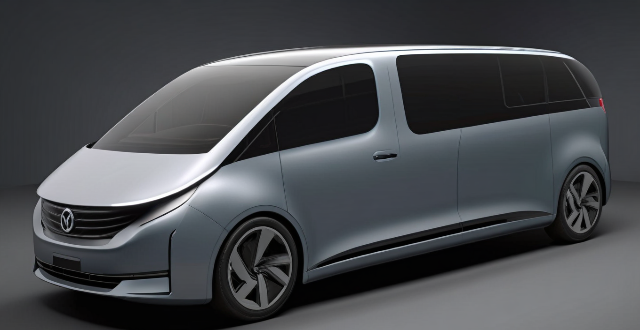Series hybrid electric vehicles (SHEVs) combine internal combustion engines and electric motors to power wheels, offering efficiency benefits through regenerative braking, engine optimization, and electric drive. However, added weight, system complexity, and battery depletion can be drawbacks. The efficiency of SHEVs hinges on design and driving habits.

Series Hybrid Electric Vehicle Efficiency
Series hybrid electric vehicles (SHEVs) are a type of hybrid vehicle that combines an internal combustion engine (ICE) with an electric motor to power the wheels. The ICE is used to generate electricity, which is then stored in a battery pack and used to power the electric motor. This setup allows for various driving modes and can be more efficient than traditional gasoline-powered vehicles under certain conditions.
Efficiency Factors
Regenerative Braking
One of the key efficiency advantages of SHEVs is regenerative braking. When the driver applies the brakes or takes their foot off the accelerator, the electric motor acts as a generator, converting kinetic energy into electrical energy that is stored in the battery. This means that some of the energy that would otherwise be lost as heat during braking is recovered and can be used to propel the vehicle later on.
Engine Optimization
Since the ICE in a series hybrid doesn't have to directly power the wheels, it can operate at its most efficient speed and load, regardless of the vehicle's speed or driving conditions. This leads to better fuel economy compared to conventional vehicles where the engine has to adapt to varying power demands.
Electric Drive
The electric motor in a series hybrid can provide smooth and powerful acceleration without consuming fuel. This makes short trips or stop-and-go driving, where a conventional vehicle would consume a lot of fuel, much more efficient.
Energy Management
SHEVs often come equipped with sophisticated energy management systems that optimize the use of both the ICE and the electric motor based on driving conditions. These systems can reduce fuel consumption by minimizing the use of the ICE when it would be least efficient.
Potential Drawbacks
Despite these efficiency benefits, there are also some potential drawbacks to consider:
- Additional Weight: The combination of an ICE, electric motor, and a large battery pack adds weight to the vehicle, which can negatively impact efficiency.
- Complex System: More components mean more potential points of failure and higher maintenance costs.
- Battery Depletion: Over time, the battery's ability to hold a charge diminishes, reducing the vehicle's overall efficiency.
Conclusion
Series hybrid electric vehicles offer significant efficiency gains through regenerative braking, optimized engine operation, and electric drive. However, they also come with added weight, complexity, and potential long-term maintenance issues. The overall efficiency of a series hybrid depends on how well these factors are balanced in a particular vehicle's design and how it is used by the driver.